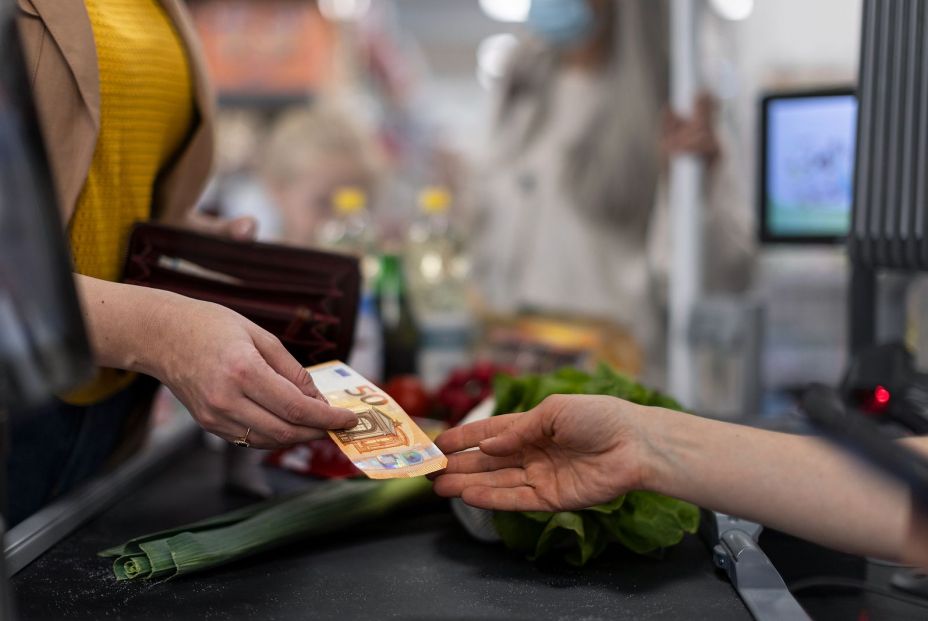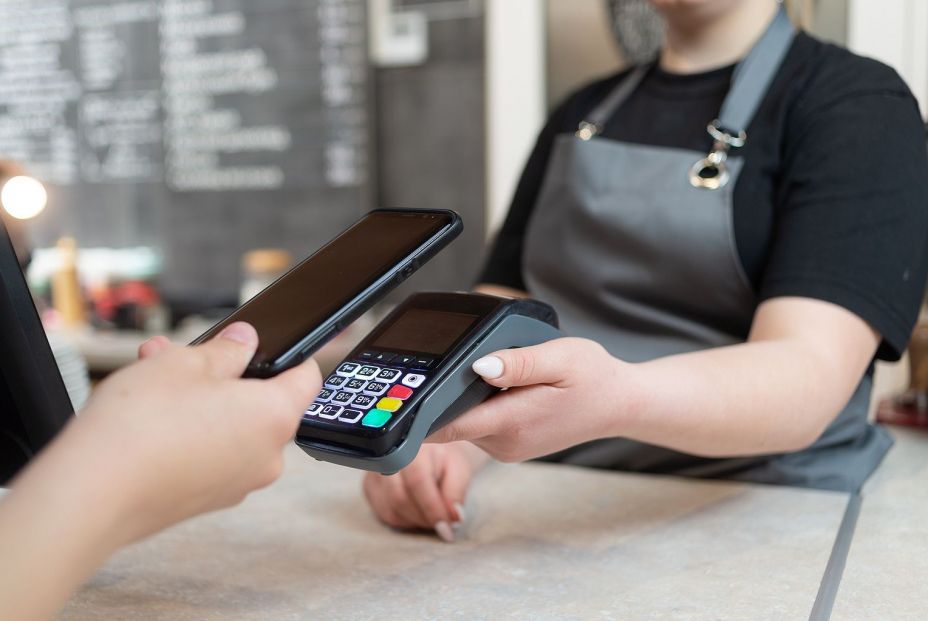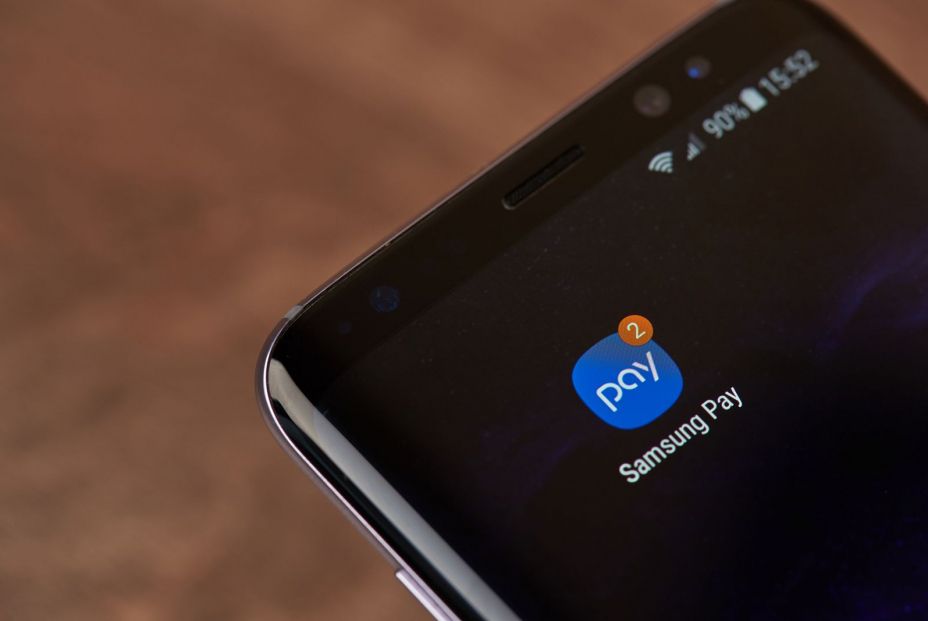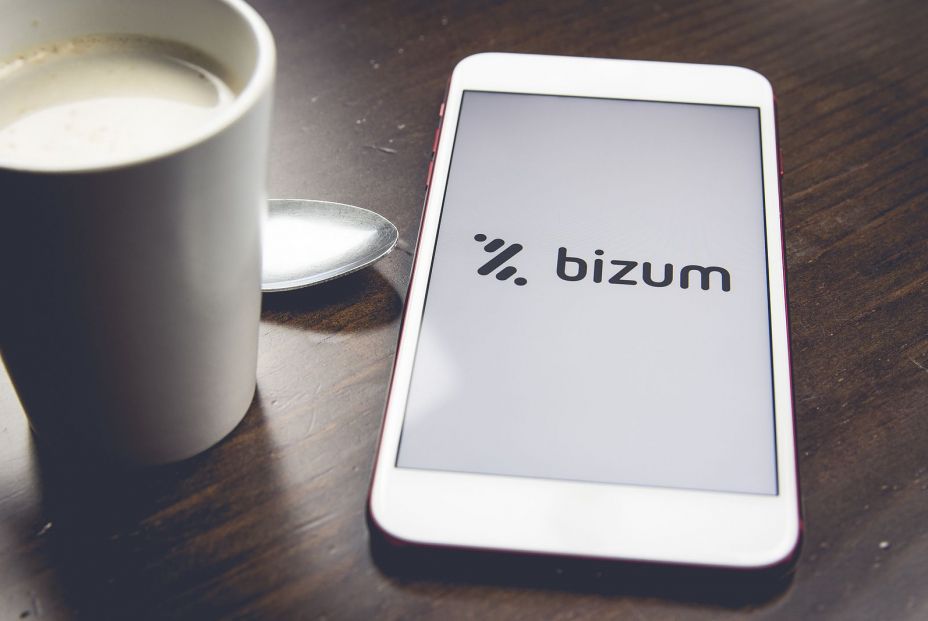He client is always right. This phrase, which may sometimes seem Manida, actually contains much of truth. It is the users who mark the trends and those who decide the technologies that will succeed and those that do not, the fashions that will last or stagnate and, in short, the consumption habits that, definitively, will end up implementing in society. And the companies that succeed are the ones that best know how to read these changes and adapt.
One of these habits consists of two words: digital payments. If the eCommerce, the cards, the bizum or the wearables have been growing for some time, the pandemic gave them the definitive push, so that all the countries of our environment are more over day more for this technology. And in this sense, Spain has a recipe whose dishes intends to use to aspire to the leadership of digital payments.
First course: the cash is the king … but he is ceasing to be
To get to this goal, you have to know where we come from. A Recent European Central Bank (ECB) Part of an essential premise: Metallic money is the most used method in all types of establishments, although its incidence is decreasing: if in 2016 it represented 79% of payments, in 2022 remained 59%.
Meanwhile, the card has passed from 19% in 2016 to 34% in 2022. In fact, the decrease in cash continues its progression: in the second semester of 2024, there were 77.6 billion payments with money not in metallic, experiencing an interannual increase of 8.6%.
And it is that the cash is still majority in terms of operations … but not in terms of volume. The same report reveals that, in 2022, Card transactions gave metallic sorpass in regard to the amount of these payments.

Second course: Spain, the second country in which other forms of payment grow the most
In Spain, Cash payments still represent 66% of our daily activity, Far from other countries such as Finland or Netherlands, in which the metallic stays at 19% and 21% of payments, respectively. However, there is a key parameter: Evolution in recent years. The ECB report reveals that our country is the second in Europe in which these payments have descended the most between 2016 and 2022, just behind Cyprus.
The Bank of Spain also endorses the regression of cash. The historical of his Studies on habits in cash use It shows that, between 2022 and 2024, the Metallic money It has reduced its daily presence in our hands. The card, meanwhile, records a moderately stable presence, but the BDE revealed Recently than Payment operations With different cash instruments increased by 10.5% in the second semester of 2024 compared to the same 2023 period.
Another way of knowing what means of payment they imperate in Spain is to talk to shops. In this sense, the Bank of Spain’s report also reflects the change in habit: in 2024, the card payments They surpassed, for the first time, to the cash.

Third Plato: Spain, Pioneer in Contactless and Mobile Payment
Today, we are all more than familiar to Payment without contact by card, mobile or all types of wearables (smartwatches, bracelets …). But it is convenient to look back to realize that, until not so ago, this habit seemed almost a technological chimera. In 2010, the World Payments Report He pointed to contactless as one of the most interesting trends. But from the tendency to reality there is always a great step, so it was about seeing who dared to take the first steps.
In 2012, when contactless payments had specific and experimental initiatives in a few countries, CaixaBank and Visa Barcelona became the First Great European Contactlessdistributing more than 1 million cards for fast -paying payments and installing cashiers and new shopping dathaphones. The first stone was already placed, so, over the years, the technology was increasingly demanded by the users themselves.
In a few years, Spain became a pioneer of contactless at European level, a position that, today, has even expanded worldwide. This is reflected in the 2024 edition of the report Trends in payment mediaprepared by Minsait: among the countries analyzed, Spain leads the usual use of contactless in card payments, Ahead, even, from the United Kingdom.
Contactless growth has brought the definitive boom of mobile payments, a habit that has triumphed especially among young users. According to the report of the Bank of Spain, among people from 18 to 24 years, the use of cash has gone from 43% of 2022 to 39% of 2024, while mobile payment has evolved from 28% of 2022 to 35% of 2024. This trend is observed at the not only generation basic
The success of the mobile payment has been a long journey. The early implementation of contactless opened the door: when Samsung Pay landed in Europe in 2016he first country in which it was implemented was Spainand He did it from Caixabankthat I had already launched this technology in 2012.

Today, the entity, through its CaixaBank Payments Consumer division, has 4.85 million mobile payment users, A figure that has grown 15.3% in the last year. In addition, their clients carried out 100.7 million mobile payment operations in June 2025, which represents an increase of 34.4% compared to the same month of the previous year.
These payments are also made through the wearable devices available in the market (Smart Watches of Google and Apple –with whom he has allied to offer fractional payment-, solutions like Swatchpay, Garminpay, Fidesm …). This practice comes from afar: in 2014, in fact, CaixaBank already promoted products such as the first application of the world for smart watches, an application to locate offices and convert currencies with Google Watch or the first Visa Contactless bracelet, among other initiatives.
In the use of telephones and smart watches to make a contact without contact, Spain has become a reference. The analysis’The digitalization and democratization of consumer payments‘, prepared by Nuek and AFI, reflects that 61% of Spaniards make contactless payments through these devices, ahead of the United Kingdom, which records 54%. In Europe, only Portugal has a greater adoption.
Dessert: Bizum, the king of payments between individuals
In Spain, if we talk about sending money to friends or family, there is a own name: Bizum. The union of most financial entities in 2016 has managed to lift a giant that, year after year, increases its figures exponentially. As we can see, its growth in users has been incontestable and has caused, among other things, that Expand its activity to Italy, Portugal and Andorra.

Not only is it more and more Spaniards to use Bizum, but that their use, in fact, is more than recurring. The number of annual operations shows it: in 2024, the 3 million daily operationswith an average of 35 bizums to the second.
As we have seen, digital payments are not a trend or a forecast for the future, but a reality that, in addition, is marked by the tastes and habits of the users themselves. Either through card, bizum, mobile or wearablethe truth is that this technology is assuming a growing prominence and, in many contexts, it has even won the game to cash. And with these ingredients, Spain is determined not only to lead this new scenario, but also to define what the future of payments in Europe will be.


